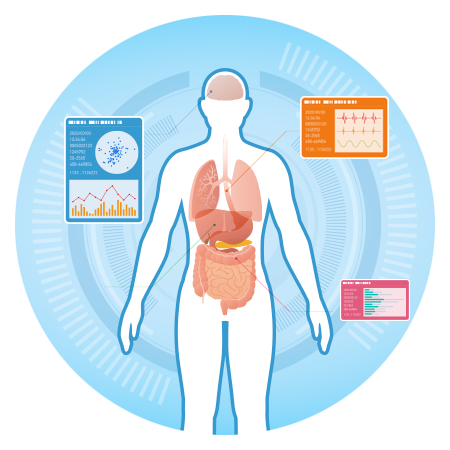Module 3: Assessment
Lesson 5
Anxiety: Comprehensive assessment
General considerations
When obtaining the patient’s history, follow-up on general worries, concerns, and fears, with attention to pre-existing conditions and comorbidities. Specific questions should be directed to the most common medical disorders that can precipitate anxiety, namely dysrhythmias, hyperthyroidism, medications, and substance withdrawal.
Patient with anxiety frequently present with somatic complaints and may have numerous healthcare encounters before they are diagnosed with an anxiety disorder. The most common presenting somatic symptoms include dizziness, chest pain, irritable bowel-like symptoms, fatigue, and migraine headache (Hart, 2015).
The assessment should focus on the following:
- Evaluation of anxiety symptoms
- Functional inquiry
- Prescription medications, over-the-counter, and herbal preparations
- Caffeine, alcohol and illicit drug intake
- Review of systems
Psychological status
Recalling that the person with anxiety often presents with affective, cognitive, behavioural, and somatic symptoms, the clinician should inquire about the psychological manifestations (i.e., fear, helplessness, panic) and the onset, duration, frequency, and intensity of these symptoms. Further exploration into triggers and alleviating and exacerbating factors, such as particular situations or settings, helps to refine a diagnosis. It is important to appreciate in the assessment that social anxiety disorder and generalized anxiety disorder are often comorbid conditions with a major depressive disorder (MDD) (Loomis et al., 2015). Inquiry should be made regarding a family history of AN anxiety disorder, substance abuse, or depression.
Specific questions are crucial to ask in order to differentiate among the various anxiety disorders. For instance, the following three screening questions (Regenstreif, 2016) can assist in delineating between generalized anxiety disorder (GAD), social anxiety disorder (SAD), and panic disorder (PD).
- Do you consider yourself a worrier? (GAD)
- When you are in a situation where people can observe you, do you feel nervous and worry that they will judge you? (SAD)
- Do you have waves of nervousness that come out of the blue and you notice things in your body: for example, your heart beats faster or it’s hard to breathe? (PD)
References:
- Hart, V. (2015). Psychiatric mental health. In M. J. Goolsby and L. Grubbs (Eds.). Advanced assessment. Interpreting the findings and formulating differential diagnoses, 3rd ed. (pp. 498–504). Philadelphia, PA: F.A. Davis.
- Loomis, D. M., Griswold, K. S., & Pastore, P. A. (2015). Psychosocial problems. In L. M. Dunphy, J. E. Winland-Brown, B. O. Porter, & D. J. Thomas, (Eds). Primary care. The art and science of advanced practice nursing, 4th ed. (pp. 1028–1037). Philadelphia, PA: F.A. Davis.
- Regenstreif, L. (2016). Anxiety disorders in adults. Module in Practice Based Small Group Learning Program, 24(5), 1–14. Foundation for Medical Practice Education, McMaster University.
